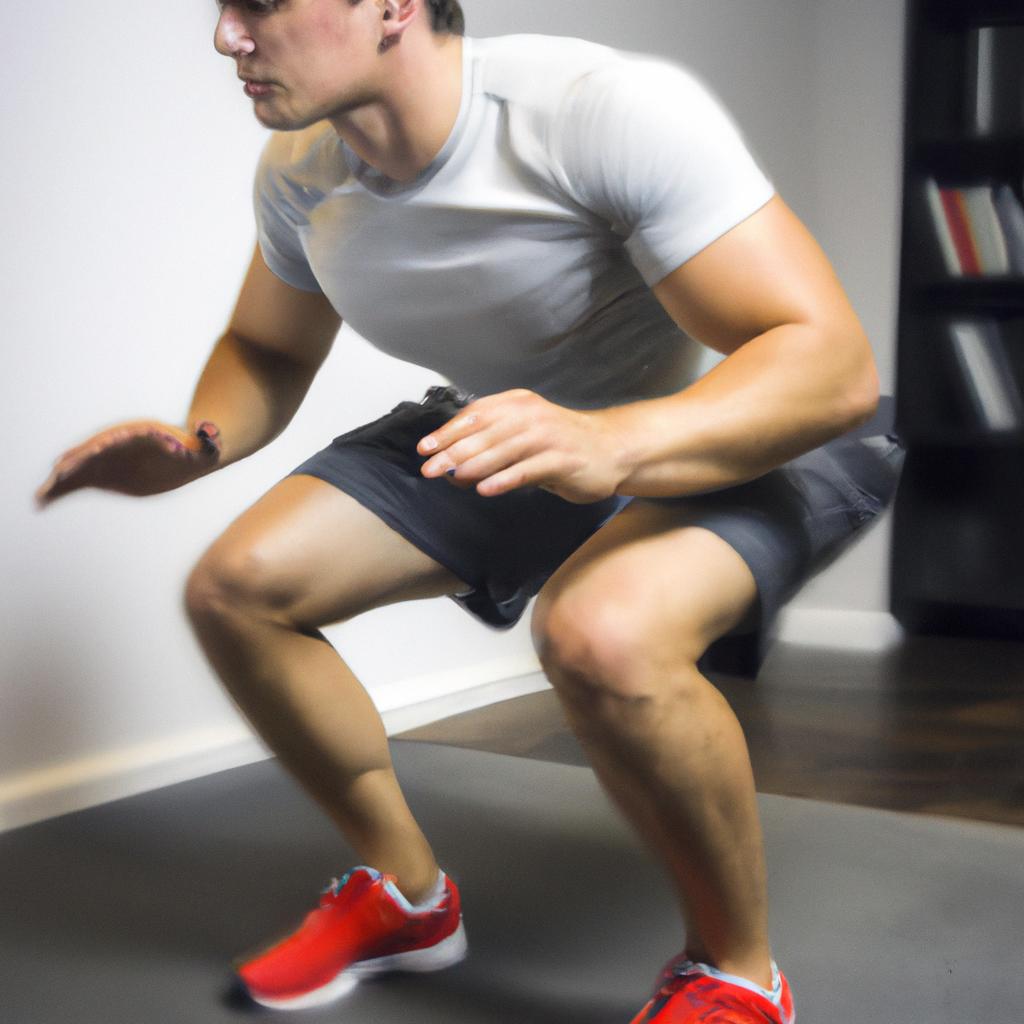**”Functional Fitness for Everyday Life: How to Train Specific Movements for Daily Activities”**
# Functional Fitness for Everyday Life: How to Train Specific Movements for Daily Activities
In our fast-paced world, it’s easy to overlook the importance of fitness in our daily lives. Often, we associate exercise with going to the gym and lifting weights or running on a treadmill. However, functional fitness is about training your body to handle everyday activities with ease and efficiency. By focusing on movements that mimic real-life tasks, you can improve your strength, balance, and flexibility, making daily activities less strenuous and more enjoyable. In this blog post, we’ll explore how to train specific movements for daily activities, along with nutrition tips, exercise advice, and the health benefits of functional fitness.
## What is Functional Fitness?
Functional fitness refers to exercises that simulate common movements we perform in our daily lives. These movements include squatting, bending, pushing, pulling, and twisting. The goal is to enhance your physical capabilities in a way that translates to improved performance in daily tasks, such as lifting grocery bags, climbing stairs, or playing with your children.
### Importance of Training Functional Movements
Training functional movements is essential because it prepares your body to handle the physical challenges life throws at you. By engaging multiple muscle groups and improving coordination, functional fitness not only enhances your strength but also boosts your stamina and agility. It fosters a sense of confidence as you become more capable of performing everyday tasks without discomfort or fatigue.
## Nutrition Tips for Functional Fitness
Nutrition plays a crucial role in supporting your functional fitness journey. To fuel your body for optimal performance, consider the following tips:
### Balanced Macronutrients
Aim for a balanced diet rich in carbohydrates, proteins, and healthy fats. Carbohydrates provide the necessary energy for workouts, proteins aid in muscle recovery and growth, and healthy fats support overall health and hormone regulation.
### Stay Hydrated
Hydration is critical for maintaining peak performance. Dehydration can lead to fatigue and decreased strength. Ensure you drink enough water throughout the day, especially before, during, and after exercising.
### Nutrient-Dense Foods
Incorporate plenty of fruits, vegetables, whole grains, lean proteins, and healthy fats into your diet. These nutrient-dense foods provide the vitamins and minerals your body needs to function optimally and recover effectively.
## Exercise Advice for Functional Fitness
To incorporate functional fitness into your routine, focus on exercises that mimic daily activities. Here are some effective movements to include:
### Squats
Squats are a fundamental functional movement that mimics the action of sitting down and standing up. To perform a basic squat:
1. Stand with your feet shoulder-width apart.
2. Lower your body by bending your knees and pushing your hips back as if sitting in a chair.
3. Keep your chest lifted and your back straight.
4. Return to standing by pushing through your heels.
### Deadlifts
Deadlifts simulate the action of picking up objects from the ground. To perform a deadlift:
1. Stand with your feet hip-width apart, with a weight in front of you (a dumbbell or kettlebell works well).
2. Bend at your hips and knees to lower your body and grasp the weight.
3. Keep your back straight and shoulders back as you lift the weight by straightening your legs and hips.
4. Lower the weight back to the ground with control.
### Lunges
Lunges improve balance and mimic the action of walking and climbing stairs. To perform a basic lunge:
1. Stand tall with feet together.
2. Step forward with one leg and lower your body until both knees are bent at a 90-degree angle.
3. Push back to the starting position and switch legs.
### Planks
Planks are excellent for improving core stability, which is essential for almost all daily movements. To perform a plank:
1. Begin in a push-up position with your arms straight and hands directly beneath your shoulders.
2. Keep your body in a straight line from head to heels.
3. Hold the position for 30 seconds to one minute.
## Health Benefits of Functional Fitness
Engaging in functional fitness offers numerous health benefits, including:
### Enhanced Strength and Flexibility
Functional workouts improve overall strength and flexibility, making everyday tasks easier to perform. This enhanced strength translates to increased endurance and reduced fatigue throughout the day.
### Injury Prevention
By strengthening the muscles used in daily activities, functional fitness helps to prevent injuries. Improved balance and stability reduce the risk of falls and related injuries,















Post Comment